Best Fruits That Grow In Cold Climates
Apples, cherries, and pear are some of the best cold hardy fruit trees that will thrive in your garden
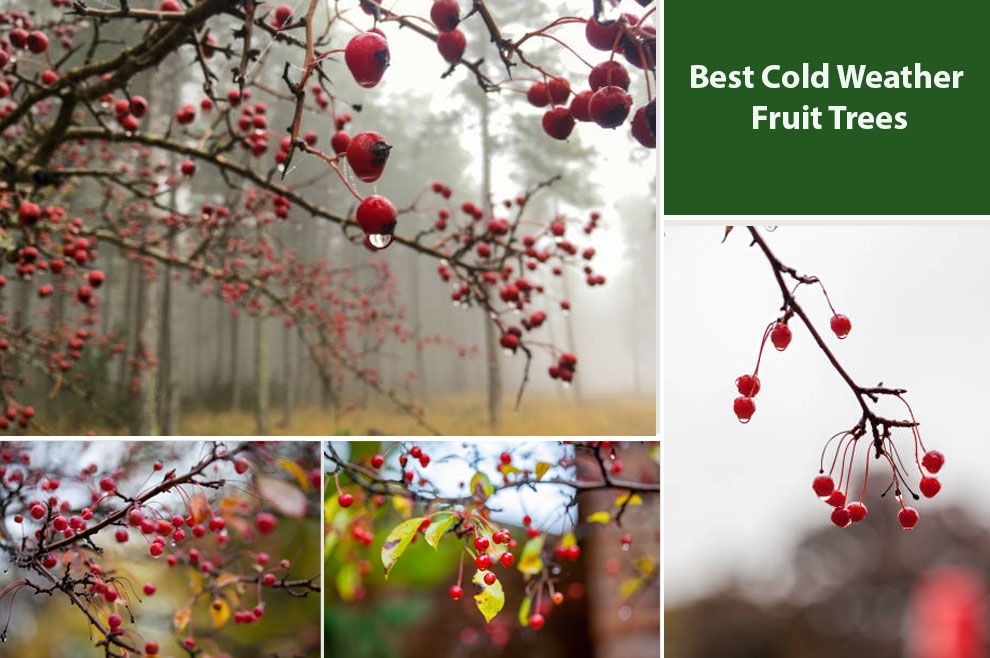
There is no greater joy than enjoying freshly plucked fruit from your garden. If you are into home gardening, it helps to know how to grow healthy fruit trees. You can simplify this process by understanding which trees grow best in your region. Things are particularly challenging if you reside in an environment with cold temperatures.
During this time, when most of the country is enveloped with thick layers of snow, other regions experience tropical, warm climates across the year. So, whether you are basking in the sun or stuck in the cold, your home produce shouldn’t experience dormancy until spring. Unlike the prevalent notion, there are several cold weather fruit trees. Hence, varieties like Mandarin oranges, pears, and apricots thrive in colder weather.
However, if you wish to plant some deciduous fruits for your region, your pick shall depend on the USDA hardiness zone where you reside. Different fruits thrive in different temperatures.
Some of The Best Fruit Trees for Cold Climates
- Paw Paw
- Apple
- Chicago Hardy Fig tree
- Jelly Palm
- Avocado
- European Plum
- Pear
- Cherry
- Honeyberry
- Winter Squash
- Grapes
- Apricot
- Pomelos
Which Fruits Grow Best In Colder Regions?
1. Paw Paw
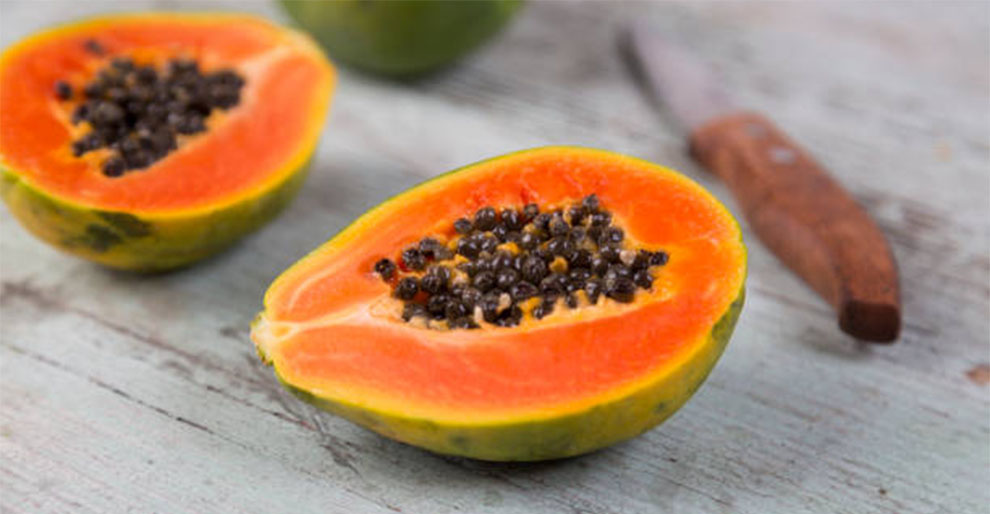
| Temperature Tolerance | Hardy to -15 F or -26 C |
| USDA Zone | 5 through 7 |
| Soil Type | Slightly acidic, well-draining, moist, fertile soil |
Botanically called Asimina triloba, Paw Paw is a deciduous, cold hardy plant that thrives in USDA zones five through seven as perennial. Also popular as Indiana Banana or American Custard Apple, these cold weather fruit trees demand 140-160 frost-free days and winter chill.
Paw Paw grows between twelve to twenty feet high, yielding custard-like sweet flesh with edible fruits, and was eaten by Native Americans back in the day. You can find the Paw Paw trees growing in the wild in America as an understory, shade-loving tree currently.
2. Apple
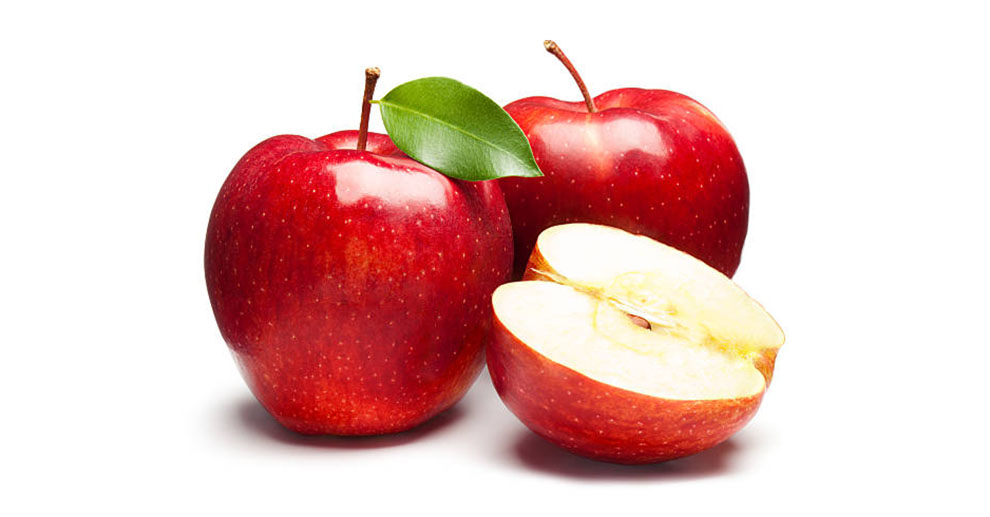
| Temperature Tolerance | Hardy to -30 F or -34 C |
| USDA Zone | 3 through 10 |
| Soil Type | Well-draining soil |
Apple is also a fruit that grows in cold climates. Amongst the different varieties, the McIntosh apple is the most popular. It grows in Wisconsin. Plant the tree when it is warmer outside. The sun helps the tree develop and yield fruits before the harsh winter sets in. Hence, plant the tree in early spring or late winter.
If you dig the hole and the ground is not frozen, you can grow your apple tree. When planting the apple tree, pick a spot wherein the morning sun hits. Also, ensure the area is away from the frost and is ventilated. The sun ensures that the dew around the tree dries quickly.
3. Chicago Hardy Fig tree
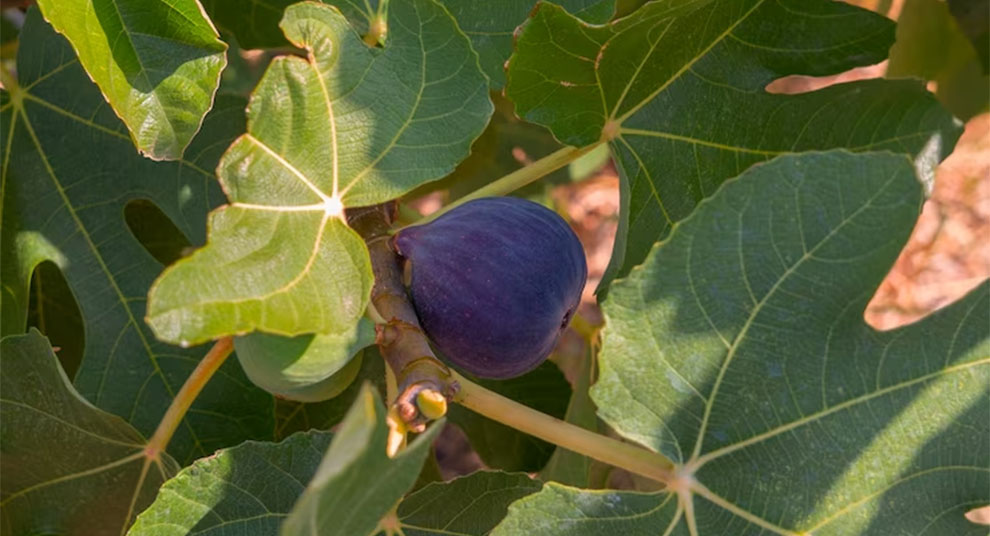
| Temperature Tolerance | Stems are hardy to 10 F. (-12 C.) and the roots are hardy to -20 F. (-29 C.) |
| USDA Zone | Six through Seven |
| Soil Type | Organically rich, moist, well-draining soil |
It is one of the best fruit trees for cold climates and is particularly renowned for producing small, brown-purple-colored figs. The plant typically reaches between 10-15 feet in height. Chicago Hardy Fig’s fruit’s inside is a beautiful shade that resembles strawberry jam. It is also called the Hardy Chicago or the Bensonhurst Purple fig. Chicago Hardy Fig is low-maintenance and easy to grow.
Once established, it is drought-tolerant. Even though the plant dies back in colder climates, in spring, it resumes growth. Figs are ideal for accentuating your patio’s appeal. You can enjoy them fresh in charcuteries, salads, and with cheese. Chefs also use their sweetness in desserts. They can be frozen, canned, or dehydrated.
4. Jelly Palm
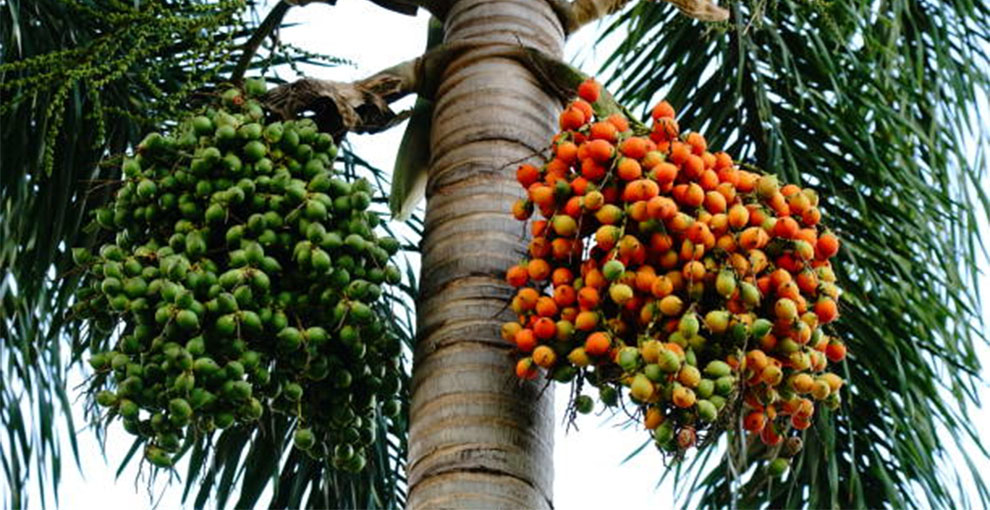
| Temperature Tolerance | Hardy to 10 F or -12 C |
| USDA Zone | Eight through 11 |
| Soil Type | Cold and wet, well-drained clay, loam, and sand soil with neutral, alkaline, or acidic pH |
Botanically called the Butia Capitata, Jelly Palm is a hardy feather-leaf palm with a slow to medium growth rate. It is a prevalent landscape plant in Florida’s Northern areas. In addition, it is also popular in the Atlantic and Gulf areas of the Southeast and across the mild Gulf and Atlantic coastal regions of the southeastern United States.
In the mid to late summer, Jelly Palm yields beautiful flower spikes. After a month from the flowering, the Jelly palm produces hundreds of fruits. You can consume its sweet-flavored fruit fresh or employ it towards making jelly or jam. It is a small tree or a shrub that grows up to twenty feet, is single-stemmed, and is erect. The plant thrives in a sunny, warm location.
5. Avocado
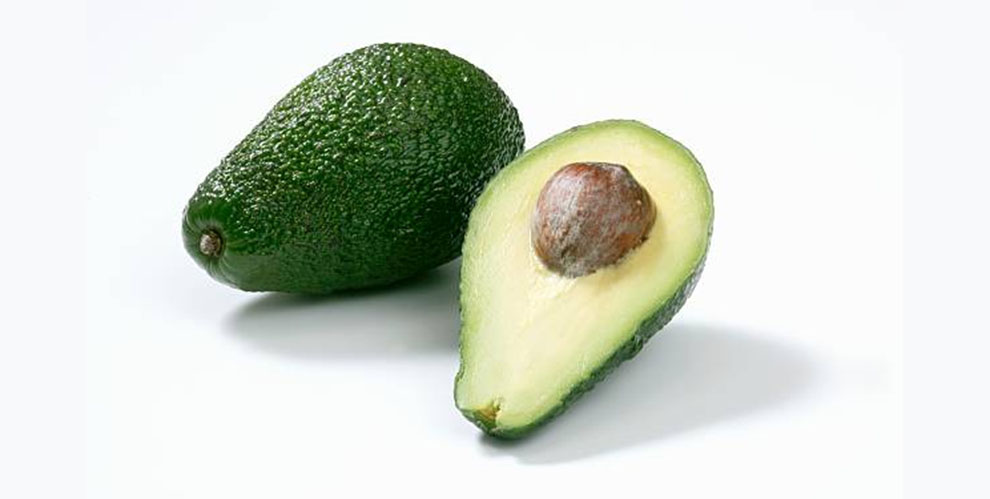
| Temperature Tolerance | Hardy to 15-18 degrees |
| USDA Zone | Nine through 11 |
| Soil Type | Well-draining, loamy or cactus soil with pH between five to seven |
Botanically called the Persea Americana, Avocadoes demand full sun for growing. The plant grows best in tropical areas. So, if you reside in growing zones nine through 11, your Avocadoes will thrive around the year. However, if you have a Mexican Avocado tree, it can survive only in zone eight.
You must plant the avocadoes in spring for them to mature before the summer heat sets in, and water them a few times every week to ensure that their roots do not become dry. You can harvest the fruits from avocadoes as individual bunches ripen between the early fall and late winter.
6. European Plum
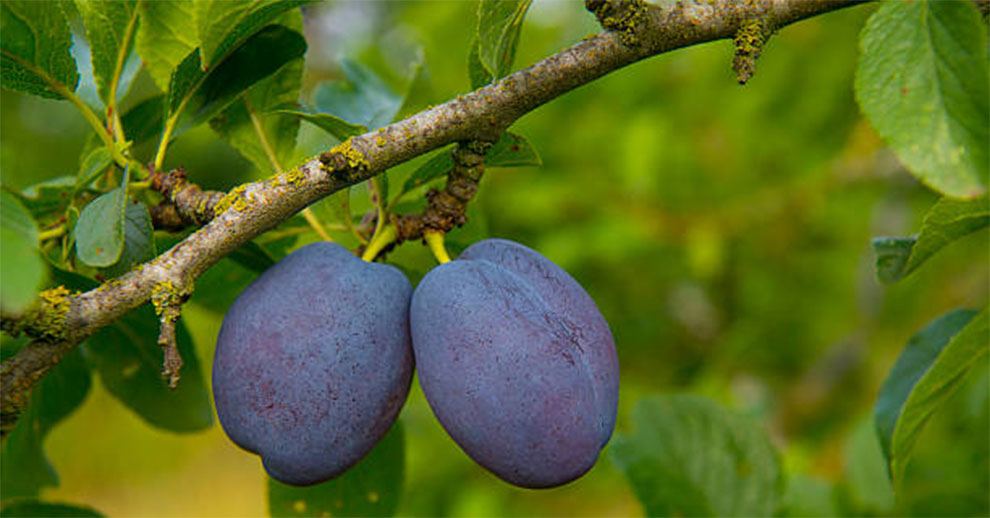
| Temperature Tolerance | Hardy to -30 F or -34 C |
| USDA Zone | Three through five |
| Soil Type | Sandy, well-draining soil |
Botanically called the Prunus domestica, European Plums are another one of the most popular cold weather fruit trees. The best plausible method of keeping them healthy is by ensuring that their branches receive good sunlight. Hence, you must prune the ones that shade the other ends of the tree.
We recommend planting the plums in the spring when the frost in the area gets over. The care guidelines for the European plum are much like the apple tree. Hence, you must plant it in sandy soil with good drainage and on a slope. It requires 1-2 inches of water in the first year of the plantation.
7. Pear
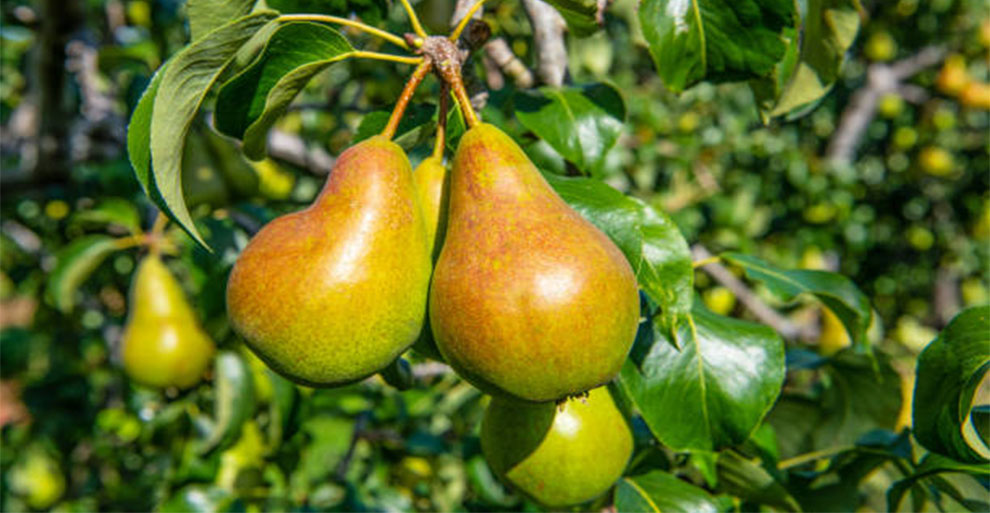
| Temperature Tolerance | Hardy to -30 F or -34 C |
| USDA Zone | Three through six |
| Soil Type | Soil with pH close to 7, provided it is well drained. It thrives in fertile loamy sandy soils with pH ranging from 6 to 7. |
Botanically called the Pyrus communis X Sorbus aria, the pear is a self-fertile tree that fruits slowly and takes about 12-15 years if conditions are not apt. Typically, the plant yields fruits in four to seven years. One of the best pear varieties to grow in a colder environment is the Shipova Pear.
Pears are easy to maintain and remain fruitful. For best results, you must plant them on a slope. They are adaptable to every kind of soil, provided it is not heavy or rocky.
Pears thrive in the sun, and you can consider fertilizing the soil where you plant the pears with compost or manure to help them grow better. You can transplant or plant the pears in the early spring once the cold weather subsides.
8. Cherry
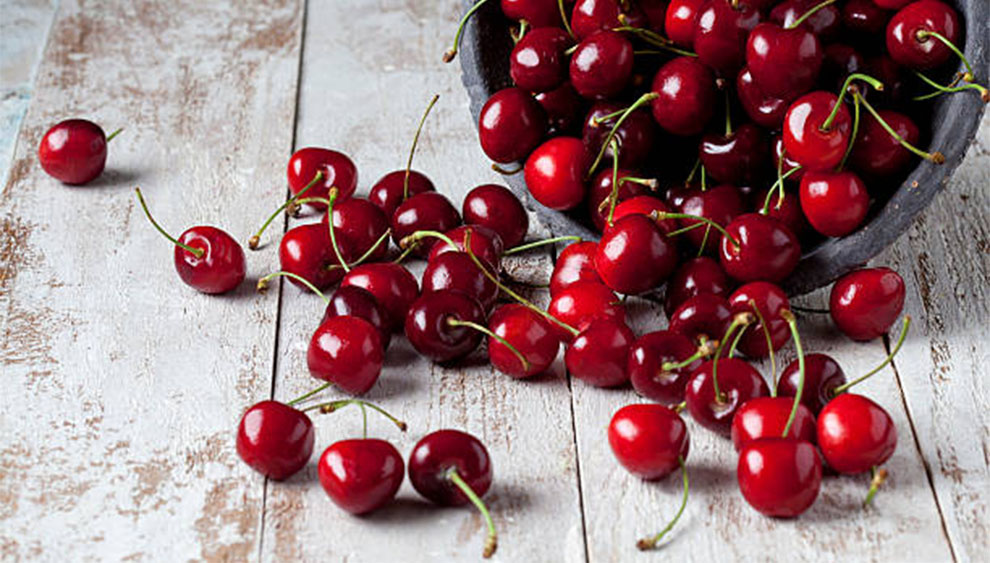
| Temperature Tolerance | Hardy to -25 F or -31 C |
| USDA Zone | Three through Seven |
| Soil Type | Well-draining, loamy soil from pH five to seven |
Botanically called the Prunus avium, cherry cultivators can be grown in pots. Cherries enjoy a mild climate, but drought and fluctuating temperatures can damage the plant. You must plant it in well-draining soil with organic matter.
The plant loves full sun, but sour cherry trees (over the sweet ones) are suitable for colder temperatures. The sweeter cherries enjoy warmer climates like zones 5-7.
9. Honeyberry
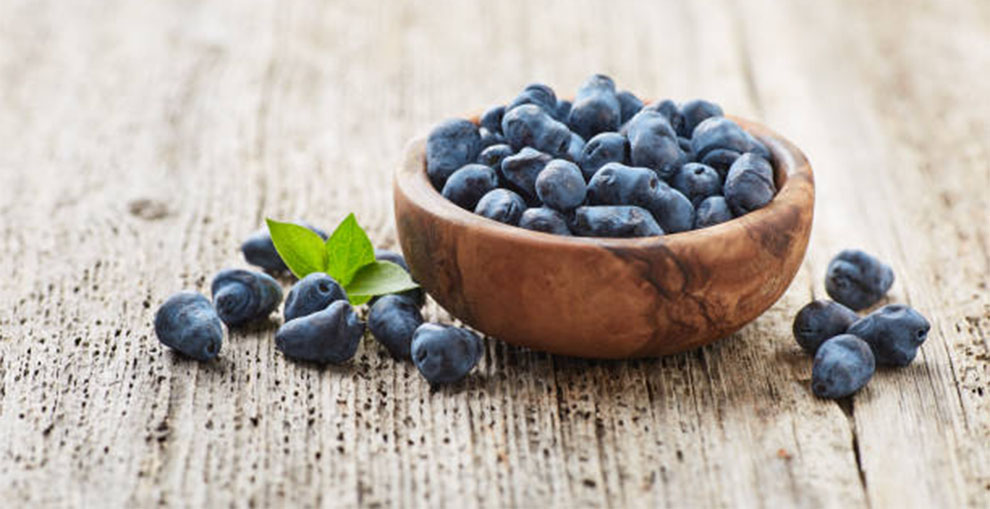
| Temperature Tolerance | Hardy to -30 F or -34 C |
| USDA Zone | Three through Ten |
| Soil Type | Well-draining soil with rich inorganic matter with pH from 3.9 to 7.7 |
Botanically called the Lonicera Caerulea, Honeyberry grows in USDA zones three through ten. It is a deciduous shrub that grows between four to six feet tall. The plant seeks full sun and has a sweet blueberry-like taste. You can eat it in processed form or raw, but it is best enjoyed as ice cream, yogurt, or jam.
10. Winter Squash
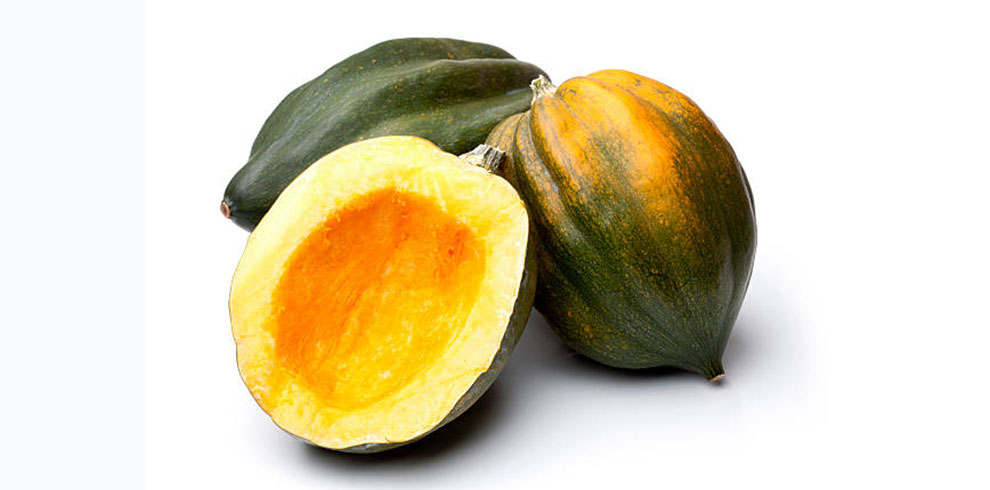
| Temperature Tolerance | |
| USDA Zone | Three through Nine |
| Soil Type | Well-draining, loamy soil with pH between 5.5 to 6.8 |
Botanically called the Cucurbita maxima, Winter Squash is a popular fruit that grows in cold climates. It grows in full sun and can be planted right after the last freeze in winter to yield fruits by fall.
Some Winter Squashes have a growing season of over 3 months. This covers everything from sowing to harvest. Before planting them, you must learn about your area’s freeze dates and plant them at the earliest. With abundant sun and well-draining soil, your Winter Squash will be ready by the fall or early winter.
11. Grapes
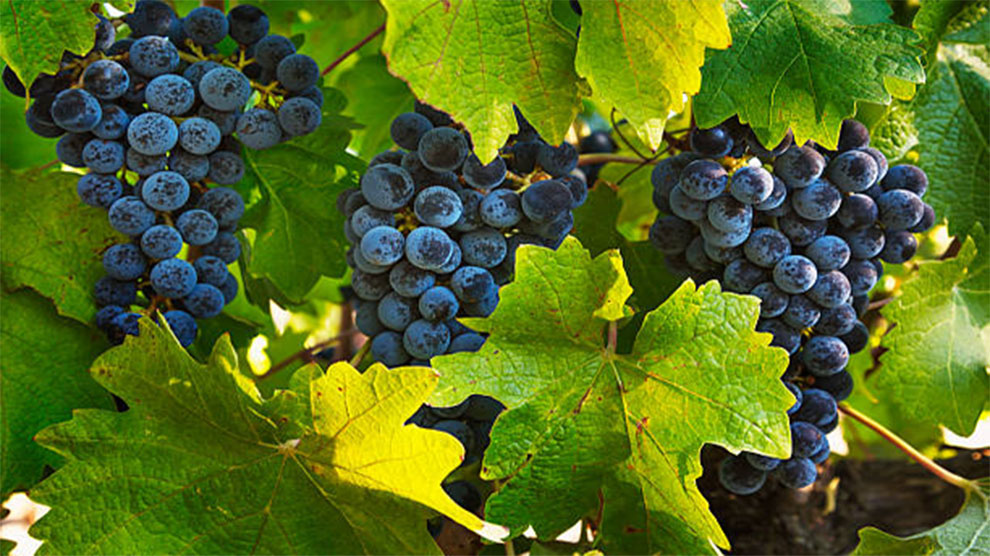
| Temperature Tolerance | |
| USDA Zone | Four through 11 |
| Soil Type | Well-draining, sandy soil with pH ranging from 5.5 to 6.5 |
Botanically called Vitis, Grapes like partial shade or full sun and are one of the most adaptable cold weather fruit trees. Depending on the species, they do well from zones 4-11..
If you reside in a moderate climate, you will love the American species as they work well as table grapes. Varieties like the American grapes thrive in zones four through eight, but other variants, like Muscadine and European grapes, prefer warmer weather
Botanists recommend growing the grapes in the early spring in areas with partial shade or full sun. If you live in warmer climates, you can harvest the fruit across the winter, but in the northern regions, you can harvest the Grapes in late fall.
12. Apricot
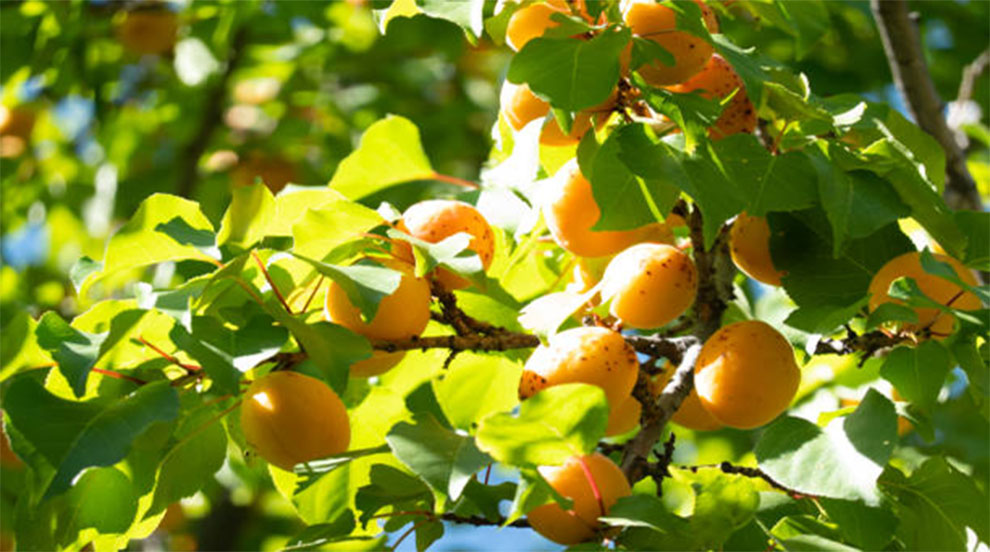
| Temperature Tolerance | -20 and -30 degrees F. |
| USDA Zone | Five through Eight |
| Soil Type | Loamy, well-draining, organically rich soils |
Apricots are popular stone fruits that yield fruits in the 4th year of growth. These trees produce several fruits, but it is a good idea to thin out the fruit to ensure it won’t drop off before it ripens. Like pears, even apricots are frost-resistant during winters, but the frost may damage the trees when they are in flower form.
13. Pomelos

| Temperature Tolerance | 5 degrees Celsius or 41 degrees Fahrenheit |
| USDA Zone | Nine through 11 |
| Soil Type | Well-draining, loamy, clay, or sandy soil with pH between 5.5 to 7 |
Botanically called the Citrus maxima, Pomelos thrives in full sun. They are loved for their large green citrus fruits that reach up to 12 inches in height at maturity. Because Pomelos are particular about the soil, it is a suitable option for people living in areas with clay soil where other citrus trees cannot survive.
But, the plant best grows in sandy or loamy mixtures. Pomelos demand abundant sun. Hence, plant them in a spot that receives good direct sunlight, like the Southeast or south-facing side of the home. They taste like grapefruit and can be harvested in early spring.
Related: Vegetables to Grow in Winter | Trees with Red Berries in Winter| When To Plant Fruit Trees
Cold Hardiness of Fruit Trees
Cold hardiness implies the plant’s ability to withstand low temperatures. However, several factors associated with it make it all the more complex. The fruit tree’s cold hardiness level can vary depending on when the low temperatures occur, how long the low temperature lasts, and how fast the temperature changes.
Given these factors, a fruit tree may be impacted differently by the cold events in the winter, and the same variety may depict different cold hardiness levels, depending on its geography.
Prepping Your Tree for Cold
Here are some tips to prep the tree for the upcoming cold weather:
- Wrap the trunk using commercial tree burlap
- Mulch the base with two to four inches of organic mulch like bark or the wood chips
- Focus on the younger trees with a less-invasive root system, demanding minimal care.
- Do not prune until winter
- Recycle leaves instead of disposing of the autumn leaves
- Water them at the rate of ten gallons for every inch of the tree’s diameter
Frequently Asked Questions
Ques 1. Do fruit trees need to be covered during a freeze?
Ans. Cover the trees when the temperature drops below 32 degrees F.
Ques 2. What is the most cold hardy fruit tree?
Ans. Apples, Pears, and Plums are the most cold hardy fruit trees.
Summing Up…
So, these are some of the best fruits that grow in cold climates. If you want to cherish winter delights, you can make a pick from any of the above-listed options.
